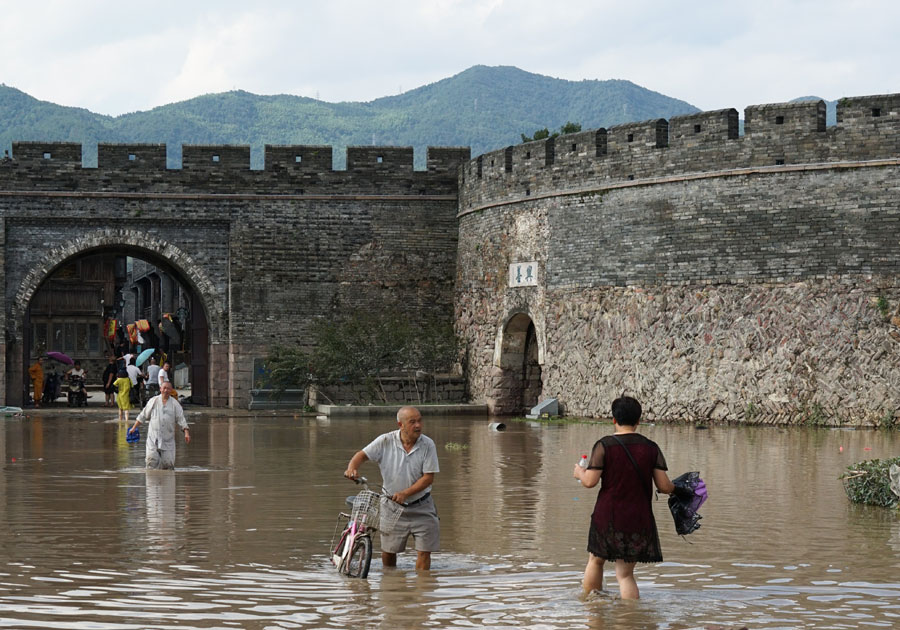Typhoon puts scientists and residents to the test






Balloons launched
On Thursday evening, as people were evacuated from coastal areas with Lekima approaching Zhejiang, a team of scientists swung into action.
Using a range of observation devices in a special truck, 12 scientists from the Shanghai Typhoon Institute arrived at Zhujiajian Island in the Zhoushan Archipelago.
The team released balloons carrying apparatus to collect accurate data from the typhoon, such as temperature, humidity, pressure and wind speed.
From Thursday to Sunday, the scientists launched more than 10 balloons, including four with sensors to detect ozone.
It was the first time Chinese scientists had used balloons during a typhoon to study how ozone moves when affected by strong convection currents.
Tang Jie, deputy director of the institute, said in an interview with Beijing News that this work will help to assess the environmental impact of the typhoon in terms of ozone pollution, as ozone has a negative influence on human health and activity.
Tang's team began to observe typhoons outdoors in 2007, and each year it carries out four to five such missions.
Radar and satellites can also be used for observation through remote sensing, but data collected by balloon is direct and more accurate, which will help scientists be more precise with their forecasts, Tang said.
As Lekima approached Shanghai on Friday evening, a huge damper inside the Shanghai Tower, the country's highest building, started moving to reduce the vibration caused by the strong winds.
The Shanghai Tower is the first skyscraper in the world to use the eddy current damping system, which was designed and made by a Chinese company.
Mounted on the 125th floor of the 632-meter-high building, the 1,000-metric-ton device is suspended from 12 steel cables and works like an automatic clock pendulum, with a sway range of 2 meters in all directions.
It helps increase structural stability, while the building's exterior spiral curve can also reduce the wind load by 24 percent.



















